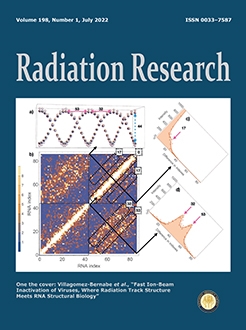Clonogenic assays are the gold standard for measuring cell clonogenic survival and enable quantification of a cell line's radiosensitivity through the calculation of the surviving fraction, the ratio of cell clusters (colonies) formed after radiation exposure compared to the number formed without exposure. Such studies regularly utilize Cs-137 irradiators. While uncertainties for specific procedural aspects have been described previously, a comprehensive review has not been completed. We therefore quantified uncertainties associated with clonogenic assays performed using a Cs-137 Shepherd irradiator, and a recently established brachytherapy afterloader in vitro radiation delivery apparatus (BAIRDA), through a series of experiments and a literature review. The clonogenic assay is subject to uncertainties that affect the determination of the surviving fraction (e.g., accuracy of the number of cells seeded, potential effects of hypothermia, and the threshold number of cells for a cluster to be identified as a colony). Furthermore, dose delivery uncertainties related to both the Cs-137 irradiator and BAIRDA were also quantified. The combined standard (k = 1) uncertainty was ± 6.0% in the surviving fraction for the Cs-137 irradiator (±6.3% for BAIRDA), up to ± 2.2% in the dose delivered by the Cs-137 irradiator, and up to ± 4.3% in the dose delivered by BAIRDA. The largest individual uncertainties were associated with the number of cells seeded on a plate (3.4%) and inter-observer variability in counting (4.1%), suggesting that effective reduction of uncertainties in the conduct of the clonogenic assay may provide the greatest relief on the uncertainty budget. Finally, measurable impact on experimental findings was assessed by applying this uncertainty to clonogenic assays of SW756 cells using either a Cs-137 irradiator or BAIRDA, introducing a maximum shift in the reported radiobiological parameters α/β and T1/2 of 0.3 Gy and 0.4 h, respectively, while the 95% confidence interval increased by 0.5 Gy and decreased by 0.4 h, respectively. Though the overall impact on radiobiological parameter estimation was small, the individual uncertainties could have a significant influence in other applications of in vitro experiments in radiation biology. Hence, better understanding of the uncertainties associated with both clonogenic assays and the radiation source used can improve the accuracy of experimental analysis and reproducibility of the results.
How to translate text using browser tools
7 April 2022
Uncertainties Associated with Clonogenic Assays using a Cs-137 Irradiator and Ir-192 Afterloader: A Comprehensive Compilation for Radiation Researchers
Braden Chow,
Brad Warkentin,
Malcolm McEwen,
Fleur Huang,
Kareena Nanda,
Armin M Gamper,
Geetha Menon
ACCESS THE FULL ARTICLE

Radiation Research
Vol. 198 • No. 1
July 2022
Vol. 198 • No. 1
July 2022




